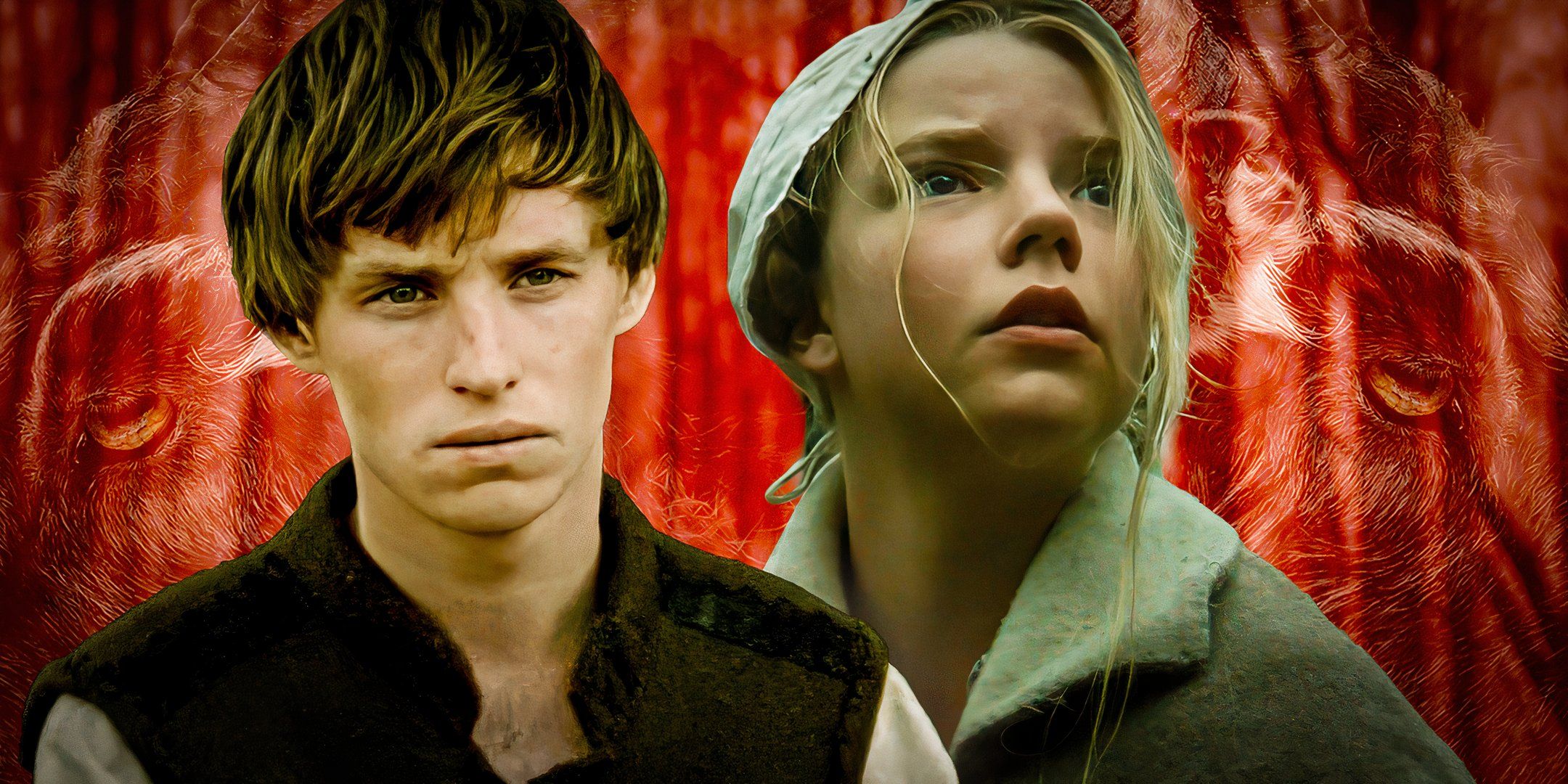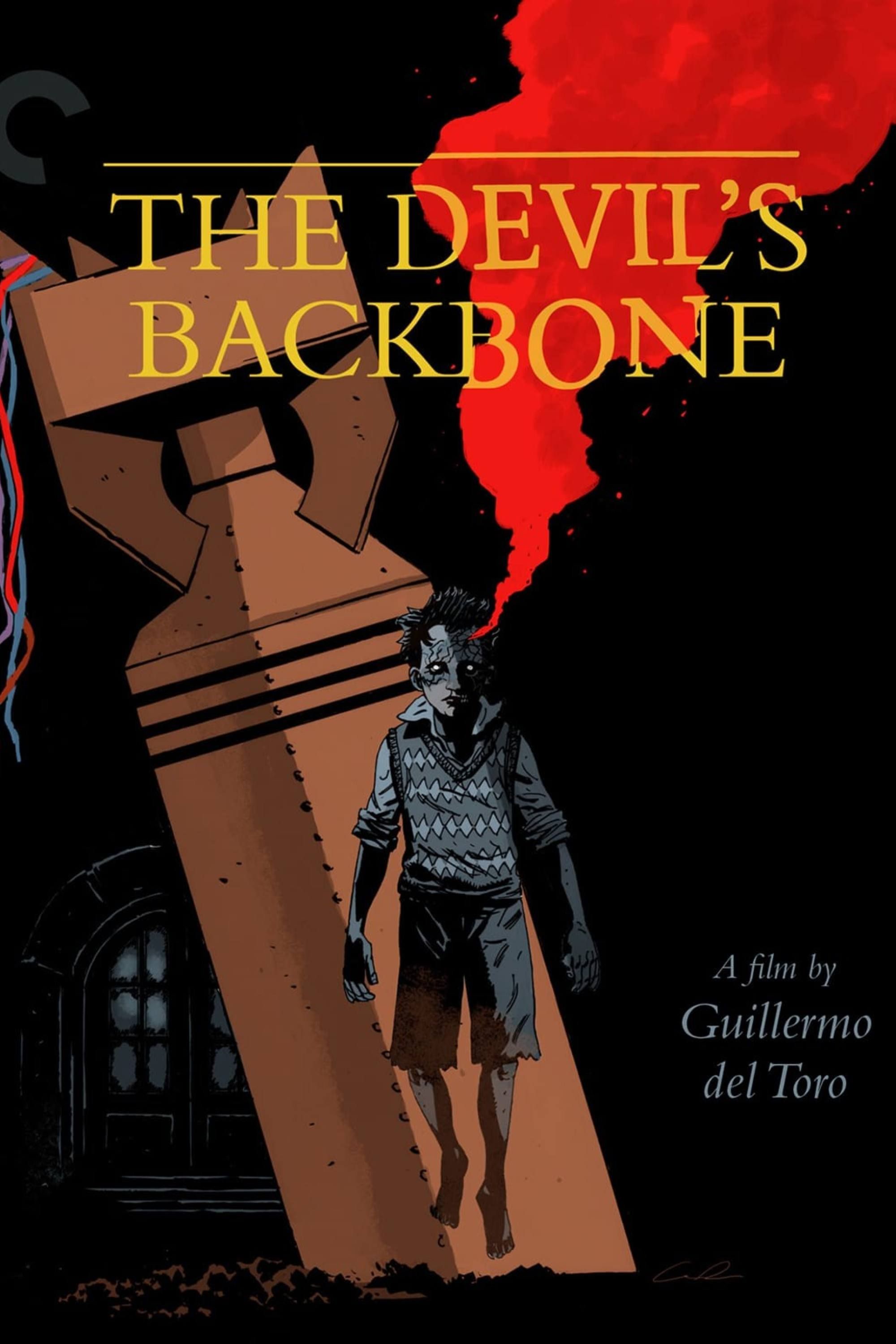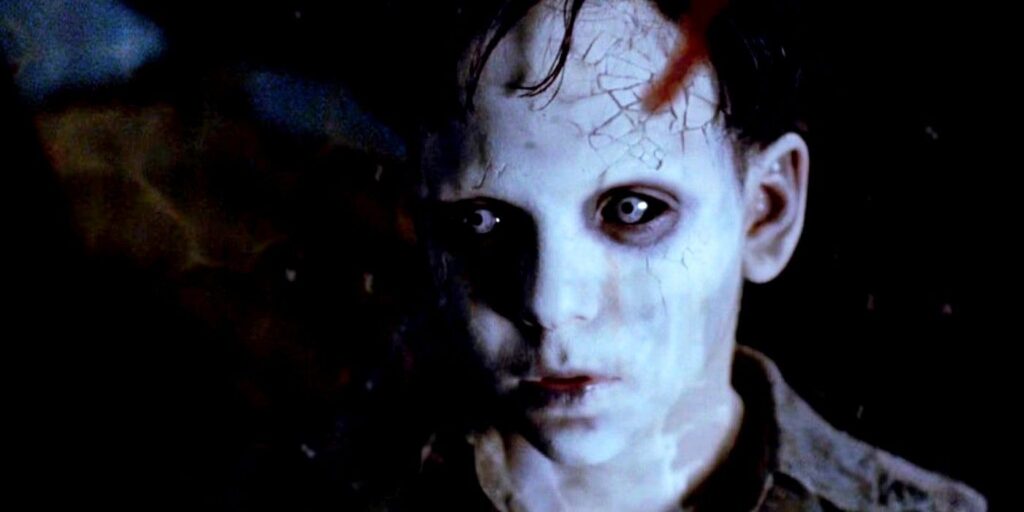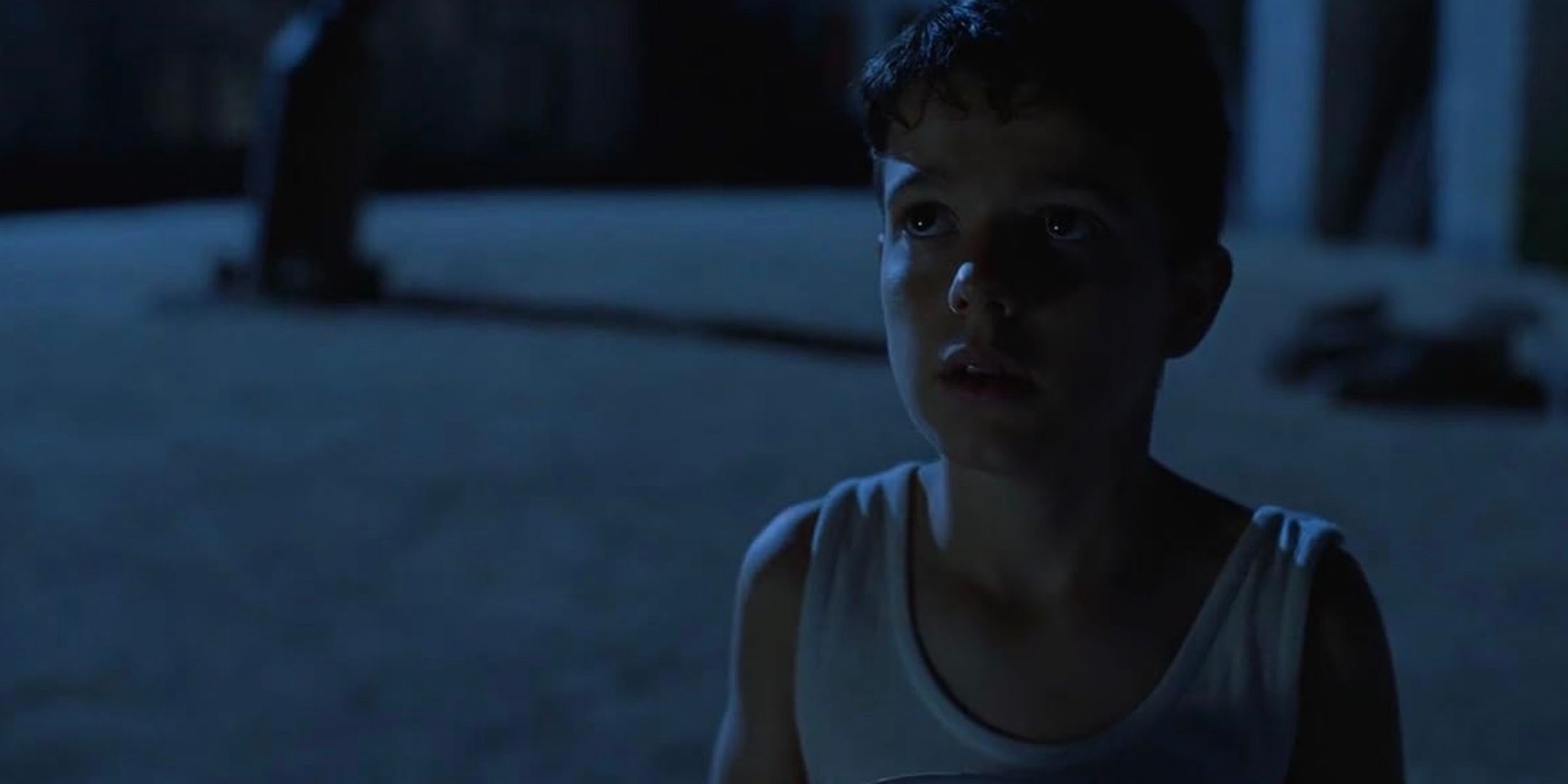Guillermo del Toro is a filmmaker whose knack for fantasy and horror has earned him plenty of praise, but there’s one film of his that still gets overlooked. Del Toro got his start with the early 1990s vampire film Cronos and quickly established himself as an innovative figure in horror storytelling.
Among the best of del Toro’s filmography, audiences will regularly be met with the director’s fascination with monsters and his distinctive fantasy visuals. In these films, del Toro often combines strong, heartfelt storytelling with a captivating blend of horror and fantasy —neither element ever overpowering nor diminishing the other.
Audiences are sure to be spooked by the images in del Toro’s films, but accompanying them is an equally effective and emotional narrative. While del Toro has dabbled in louder Hollywood action films like Pacific Rim and Hellboy, it’s his more thoughtful dark fantasy and horror films that define his craft.
The Devil’s Backbone Is One Of Guillermo Del Toro’s Best Movies
A Poignant Narrative Coincides With The Fixings Of A Standard Ghost Story
Del Toro’s third feature film, The Devil’s Backbone, takes place at the end of the Spanish Civil War and follows a young boy (Fernando Tielve) after he arrives at a haunted orphanage. Pan’s Labyrinth, del Toro’s dark fantasy masterpiece released a few years later, shares similar themes, historical events, and young protagonists with The Devil’s Backbone, often overshadowing the latter.

Related
10 Best Historical Horror Movies, Ranked
There are several films within the horror genre that use significant moments in history as the backdrop for their spooky and thrilling stories.
Yet, even as Pan’s Labyrinth surpasses The Devil’s Backbone in accolades and popularity, the overlooked 2001 horror film stands strong as one of del Toro’s best in the genre. In The Devil’s Backbone, del Toro expertly uses the historical Spanish setting to inspire a haunting tale about childhood innocence lost at the hands of war.
The emotionally layered narrative is balanced with the makings of a standard ghost story. Like most tragic ghost movies, The Devil’s Backbone sees its protagonist trying to piece together what happened to a purportedly missing child from the orphanage. The tension gradually builds in The Devil’s Backbone and, to top everything off, del Toro and his creative team infuse plenty of chilling imagery.
Guillermo Del Toro Considers The Devil’s Backbone His Directorial Debut
The Devil’s Backbone Was A Needed Step Back From Hollywood
While The Devil’s Backbone is del Toro’s third feature film, the director considers it to be somewhat of an official start to his career. After his impressive directorial debut with Cronos, del Toro was signed on to direct the drastically different big-budget, sci-fi horror film, Mimic.
Movie Title
Critics RT Score
Audience RT Score
Cronos (1992)
88%
69%
Mimic (1997)
67%
37%
The Devil’s Backbone (2001)
93%
89%
The critical response to Mimic wasn’t entirely positive, but that’s not the sole reason why del Toro has a desire to look past it. When making the film, del Toro frequently clashed with Mimic’s producers. This experience with massive Hollywood films left him feeling defeated, thus sparking a need to return to his roots with a more personal film he had greater control over.
Source: Far Out Magazine

The Devil’s Backbone
Release Date
April 20, 2001
Director
Guillermo del Toro
Writers
Guillermo del Toro, Antonio Trashorras, David Muñoz





